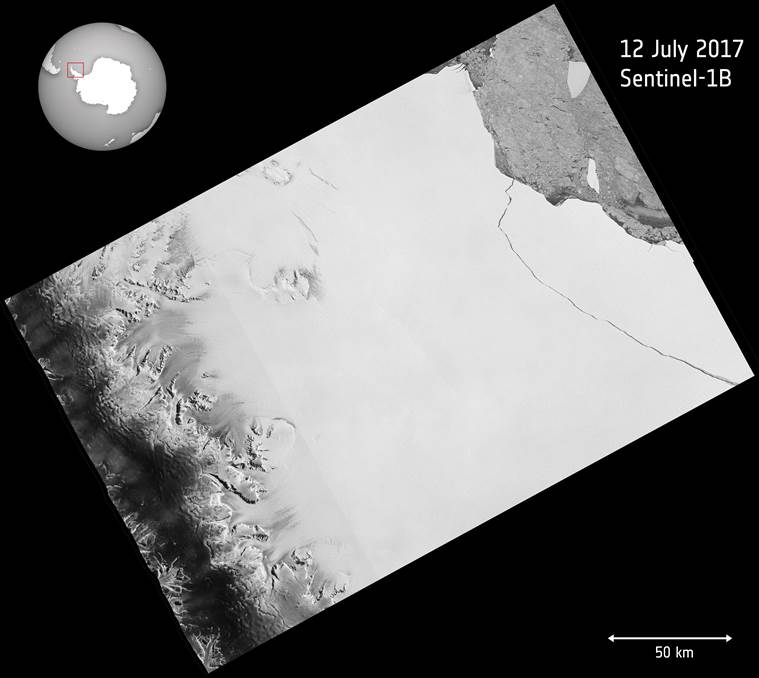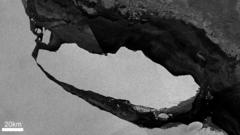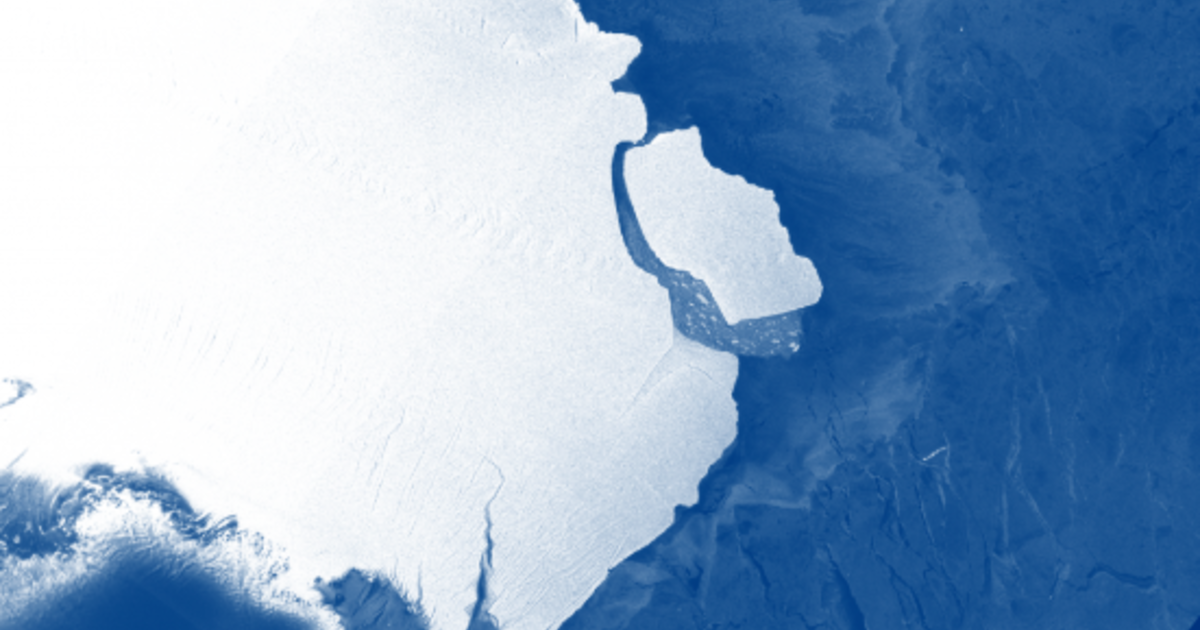
BAS reported that the station was unaffected by the recent break.Īt the time of these images, Iceberg A-81 and other pieces of ice were drifting southward with the clockwise motion of the Weddell Gyre, although it remains to be seen where they will go from here. The British Antarctic Survey’s (BAS) Halley Research Station, which was relocated farther inland in 2016, is now about 15 kilometers from the new front of the ice shelf. It measures just several kilometers-tiny compared to A-81, which measures 52 kilometers on its longest axis.Īccording to Christopher Shuman, a University of Maryland, Baltimore County, glaciologist based at NASA’s Goddard Space Flight Center, satellite images indicate that the front of the Brunt Ice Shelf is now more than 20 kilometers back from its position in early 1973. In the rift’s final advance, it reached a complex part of the ice shelf and bifurcated, cutting out the keystone-shaped iceberg. This is the part of the shelf where a rift, which has been growing in spurts since at least the 1970s, finally spanned the entire shelf and broke the floating glacial ice apart. However, newer technology enables icebergs to be detected and monitored in order to prevent catastrophic collisions.The second image, also acquired January 25 with OLI on Landsat 8, shows a detailed view of the smaller keystone-shaped iceberg between A-81 and the new front of the Brunt Ice Shelf. One of the most well-known tragedies caused by an iceberg was the sinking of the Titanic, which resulted in the death of more than 1,500 people in 1912. Icebergs pose a significant threat to marine travel since they can cause shipwrecks due to their massive size. Icebergs are also commonly spotted in the southern region of Greenland, near towns such as Nanortalik and Qaqortoq. In Greenland, icebergs can be spotted near Tiniteqilaaq, Nuuk, and Paamiut. The iceberg covered an area of about 100 square miles and was the largest iceberg observed in the Arctic since 1962. One of the most recent icebergs originating from Greenland broke away from the Petermann Glacier in 2010. Icebergs were regularly used by communities in Greenland to identify seasons and towns. Nearly 80% of the region's territory is covered by ice, which makes it an optimal location for the formation of icebergs. Greenland is another region in the world with numerous icebergs, due to the unique climate experienced in the region. Due to its unique shape, the iceberg attracted significant attention, but scientists consider it to be a common occurrence.

In 2018, scientists discovered an iceberg in Antarctica that was perfectly rectangular in shape. Another iceberg later broke off from A-38, named A-38B, and floated mainly in the South Atlantic. One of the most well-known icebergs that broke off fromm the Filchner-Ronne Ice Shelf was A-38, which was considered among the largest detected in a decade. Several other icebergs in Antarctica originated from the Filchner-Ronne Ice Shelf. The iceberg broke apart into a number of pieces, the largest being B-15A that spanned an area approximately 2,500 square miles. Iceberg B-15 is one of the most well-known icebergs originating from the Ross Ice Shelf, and is also one of the largest icebergs ever recorded, covering an area of about 4,200 square miles in the Antarctic region. Some of the massive icebergs in Antarctica originated from the Ross Ice Shelf, which is situated in the Ross Dependency. Icebergs are commonly located in Antarctica given the continent's cold temperatures. Icebergs require specific conditions to form and are therefore found in particular regions of the world such as Antarctica and Greenland. The ice mass should also cover an area of approximately 5,382 square feet. The US National Ocean Service (NOS) states that in order to be considered an iceberg, the mass of ice must be more than 16 feet above the sea level, and between 98 and 164 feet thick. The most significant portion of an iceberg's mass, nearly 90%, is located beneath the water's surface.


Icebergs are large masses of frozen fresh water floating independently in open waters after separating from a larger mass of ice such as an ice shelf or glacier. Where Are Icebergs Most Commonly Found? Icebergs in Greenland.


 0 kommentar(er)
0 kommentar(er)
